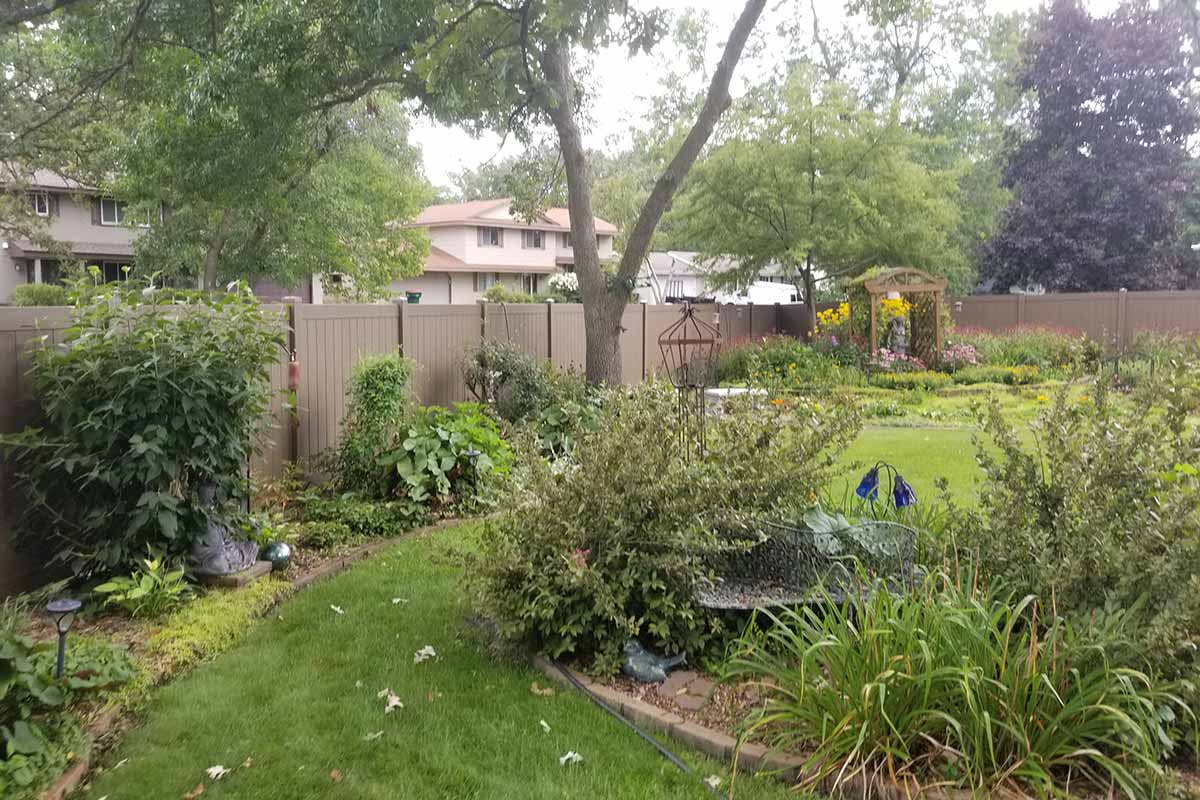Owning a home or property gives you an opportunity to make it special. From beautiful arbors and patios for gatherings to gardens and decor for a finishing touch — your options are nearly limitless. Having a space to call your home is a fulfilling achievement. Defining that space with a beautiful fence is a great way to add curb appeal and enclosure to your property.
Fencing is part of owning a home and creating the charming space you desire. However, this is one of the larger landscaping projects you can undertake. No dig fencing offers a huge loophole for many of the potential obstacles you inevitably face while undertaking a fencing installation. We’ll cover how to avoid digging up your yard along with some other fencing pain points you can sidestep while taking on this type of project.
Not Knowing Your Yard
This is a common issue when property owners begin a fence installation. Believe it or not, it’s first on our list for a reason — too many people fail to know where their property ends and their neighbor’s property begins.
Before you can even get into the planning and plotting, you need a plat that clearly identifies the divisions of land. Take into consideration everything from your own property, your neighbors, and even public land to ensure that you’re not encroaching on land you don’t own. If you want to avoid legal fees or removing your fencing, this is a critical first step. If you’re even a bit unsure, have a survey done that will clearly lay out property lines and give you peace of mind.
Measuring yourself even after all of the surveying or plat information has been obtained is also recommended. It’s always good to check things twice. This will help out when you’re purchasing materials so that you don’t end up with too much or too little. This can be a costly error especially if you can’t return the fencing materials.
Failing To Check Zoning Laws
Unfortunately, fences aren’t allowed everywhere you would expect. Checking with your local zoning laws will ensure that your fence is indeed able to be installed, up to code, and isn’t breaking any boundary restrictions or height requirements.
Depending on where you live, you may have more than one guideline to consider. Your Home Owner’s Association (HOA) may also have restrictions on fencing you should be aware of. While local zoning laws may outline characteristics such as how close to the property line your fence is able to be — your HOA may have slightly stricter restrictions that will need to be known before you begin your planning phase.
Limitations on fence styles or colors could come back to bite you if you don’t check with these guidelines. So be sure to check these thoroughly before buying materials.
Not Enough Planning
While getting to know your yard is technically planning, you can never do enough of it. This encompasses a lot of the pre-work that will save you time, energy, and money down the road. Not only should you become more familiar with property lines, but also the many different types of fencing that are available to you.
Determine what look, style, and feel you are attempting to accomplish. Take some trips around your neighborhood or do some research online to gauge what fence type works best with your current landscaping, geometry, and architecture.
Take a step back and evaluate the functionality of the fence. This will come in handy when determining fence type and height. Here are some questions to consider.
- Do you have small children?
- Do you have pets?
- Are you looking for privacy or security?
- What type of climate is your property in?
Other factors like color or materials should also be mulled over. As we’ve mentioned, fencing is a big project and the little things start to add up during the planning phase. That’s why it’s so important to properly outline all of your fencing wants and needs beforehand. Plan for hiccups and hurdles, because they inevitably occur.
Poor Post-Setting Technique
Fence posts are the foundations of your beautiful enclosure. These play an especially important role in keeping your fence secure, stable, and able to withstand the elements — especially in harsher climates as we have up north.
So what do we mean by poor post-setting? Well, classic post installation methods force you to dig up your yard, leave holes, or leave you waiting for cement to dry before finishing your install. The no-dig fence methodology grants so many upsides.
Cement footings are typically secure, but in the long run, they won’t live through harsh Minnesotan winters. You risk cracking in the footings which can cost an arm and leg to deal with. Moisture is not your friend when it comes to cement. But with driven-posts, there is a stronger and waterproof option.
Driven-posts go 4 feet deep (or more) into the ground, eliminating any chances of cracking, erosion, or heaving. The installation is also much quicker.
Incorrectly Spacing Or Forgetting About Post Holes
Toward the end of your planning phase, you’ll be determining where your post holes will go and measuring your sections accordingly. You may need to make custom cuts in your sections to account for property lines or obstacles. Correctly modifying sections before an install will save you some headaches when it comes time to start.
We mentioned the importance of measuring your fence line a second time and here’s why. When it comes time to determine where your post holes will sit, you don’t want to miss any variables that would otherwise cause you to redo an installation.
Forgetting About A Grade Or Slope
Some property owners are fortunate enough to have a nice flat surface that doesn’t require any extra planning or work before a fence install. But most of us aren’t that lucky.
Even if you think you’re property is completely flat, nothing will show you how wrong you were better than installing a fence. Accounting for slopes and grades means that you’ll be modifying panels so that they match any inclines your property has. This ensures that there aren’t any ugly gaps underneath the paneling. This not only looks wonky but you also risk small animals or children slipping underneath. We covered more about slopes and inclines in detail with our “How To Install Vinyl Fencing.”
Adjusting panels takes a bit of skill and carpentry knowledge, so if you’re not handy — you may need help getting this just right.
Take Your Time
Installing a fence takes a lot of planning and precise execution to get just right. These common fencing mistakes are easily mitigated with proper forethought and attention to detail. Miscalculations happen, but with the right knowledge and processes, you can save a ton of time and money. Simple steps like using driven posts for a no-dig fence will alleviate a lot of issues you may run into.
Your home deserves the best enclosure. With these tips, you can even have a DIY install — or if you need professional guidance we are constantly innovating the industry with new methods and styles. Contact us for a quote today

